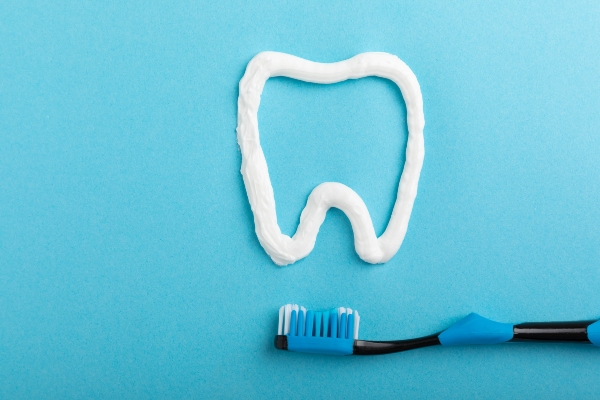How Long After Implant Placement Can You Have a Dental Implant Restoration?

Getting a dental implant restoration after losing a tooth is perhaps one of the best decisions individuals can make for their smiles. After the implant is placed inside the jaw, the next step is to fix a permanent artificial tooth over the implant. The final restoration will look relatively natural, thus making it difficult to tell the difference between the restoration and the natural teeth.
There is a time-lapse between the implant placement and the placement of the final restoration. This period is when the jaw is expected to heal around the implant. Once healed, the dental implant restoration can be placed.
The integration process after implant placement
After implant placement, the jaw goes through a process known as osseointegration, which basically means that the implanted titanium root is integrating with the bone. The bone will recognize the titanium as the new tooth root because it is a biocompatible material.
The implant will usually be protected with a temporary crown or a healing cap until the site heals fully enough to get the permanent dental implant restoration. Leaving the implant area uncovered might expose it to bacteria and food debris that might cause infection. Temporary prosthesis will be slightly smaller than the rest of the teeth since the implant cannot handle the weight of chewing yet. Its presence is just to avoid a gap in the smile.
The healing period depends on the patient. Some people heal quickly and will be ready to have their dental implant restoration in just a few months. However, for some, it may take six months or more. For those with preexisting conditions like diabetes that may inhibit fast healing, final crown placement may take a bit longer. It is only after the bone fuses with the implant that the restoration process can be complete.
So, the time that passes between the time of implant placement to the dental implant restoration depends on the following factors:
- The rate of healing
- The number of implants placed
- The type of teeth involved
On average, it can take between three to six months of healing before a dental restoration can be attached to the implant site. The time may take longer if the tooth functions for heavy chewing.
The dental implant restoration process
Multiple appointments are necessary ahead of the permanent crown placement. During the visit, the dentist will examine the jawbone and gum to ensure proper healing. Impressions of the patient’s bite will be taken to produce the restoration. This ensures that the new crown fits and blends in with the rest of the teeth.
After the implant site heals and osseointegration process is complete, the permanent implant restoration will be attached via an abutment over the implant. Depending on the number of missing teeth and the patient’s preferences, a permanent crown that looks natural, a bridge or denture may be provided.
In conclusion
Between the impressions and the final production of the dental implant restoration, two weeks will elapse. Once the general dentist attaches the tooth prosthesis, you will have a brand new smile that should look natural and function without issues.
Request an appointment here: https://www.ohiocosmeticdentists.com or call Ohio Cosmetic Dentists at (614) 503-5240 for an appointment in our Columbus office.
Check out what others are saying about our services on Yelp: Read our Yelp reviews.
Recent Posts
Dental veneers are versatile restorations. Your dentist can improve the health and appearance of your teeth by applying these custom-fit shells. Talking to your dentist about the procedure can motivate you to set your treatment schedule. Here are the pros and cons of getting your dental veneers.Dental veneers can be a good choice for dental…
Good self-care habits ought to include time for routine dental care. From spending a few minutes each day on oral hygiene to visiting a general dentist throughout the year, taking care of the teeth and gums is an important part of personal health. Rather than leaving oral health to chance, implementing preventative dental care practices…
Sleep apnea is a serious sleep disorder that affects millions of individuals worldwide. It occurs when breathing repeatedly stops and starts during sleep, disrupting rest and potentially causing long-term health consequences. Many people are unaware that a general dentist plays a key role in diagnosing and managing sleep apnea, particularly with non-invasive treatment solutions. By…
Regular visits to the dentist for routine dental care are an important part of maintaining oral health. However, it is also necessary to maintain good oral hygiene between dental visits. The daily oral hygiene routine of patients can be improved by incorporating these tips.A consistent daily oral hygiene routine can help prevent many oral health…


